The upcoming iOS 16 has turned out to be one of the biggest feature updates in the history of Apple’s mobile operating system, both in terms of the sheer number of features and the magnitude of the changes. From massively revamping the lock screen experience to some extremely useful feature additions for Messages and a buy now, pay later option for Apple Pay, the company has delivered a packed upgrade.
However, iOS 16 also comes with a ton of smaller, but still notable improvements that didn’t get a mention during the WWDC 2022 presentation. Here are seven of those iOS 16 features that you might have missed, but that are definitely worth your attention.
Face ID goes landscape
To this point, Apple’s venerable Face ID system for biometric authentication has remained functional only when the phone is held in portrait mode. Thankfully, iOS 16 finally puts an end to that limitation. You will be able to quickly authenticate a payment, unlock your phone, and autofill passwords, among other sensitive tasks that require the True Depth camera system to do its magic at any angle.
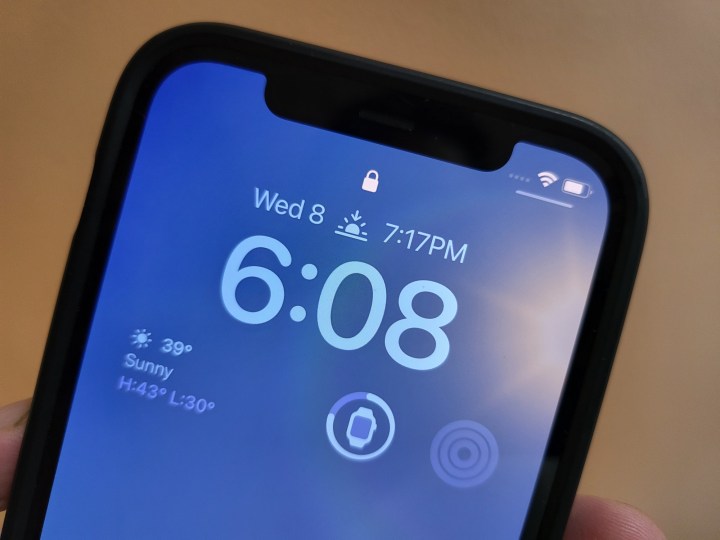
This is a neat feature, especially if you’ve got your iPhone docked in landscape mode on a device like a gamepad or on audio gear. Apple notes that landscape Face ID has been enabled for “supported iPhone models” without revealing any names. If one were to take an educated guess, Face ID in landscape orientation should ideally work on all iPhones running iOS 16 and featuring the True Depth camera hardware fitted inside the boat-shaped notch. Apple recently tweaked the system to allow people to unlock their phones even with masks on.
Spotlight Search on the Home Screen
Spotlight Search got some love with MacOS Ventura, and Apple has brought some of the same goodness to iOS 16. So far, iPhone users have had to perform a swipe-down gesture to access the search feature. However, the search bar was positioned at the top, which was not exactly easy to reach with one hand, especially on larger phones such as the iPhone 13 Pro Max.
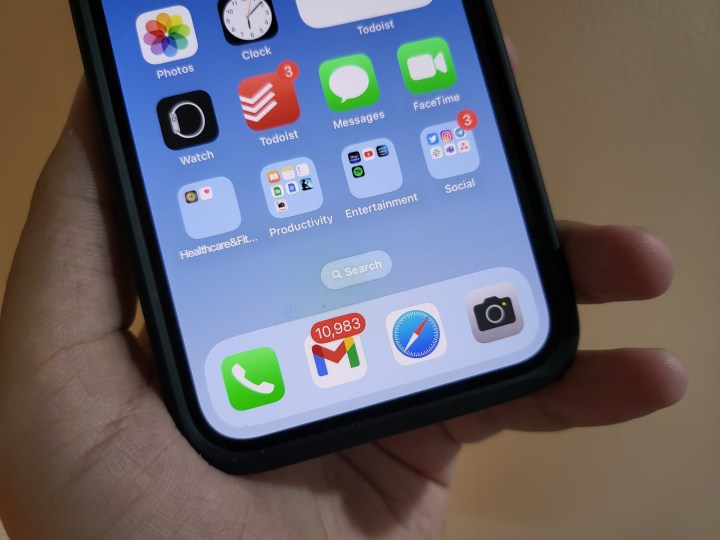
With iOS 16, the Spotlight Search button appears as a small pill at the bottom of the Home screen, right above the dock. It is easily within reach and expands into a full-search mode with a tap.
Keyboard haptics
Some Android phones let you adjust the vibration intensity, and enable just the right level of haptic feedback while typing on the on-screen keyboard. But iPhones, on the other hand, have only offered a single option in this scenario — enabling or disabling the tapping sound while typing on the keyboard.
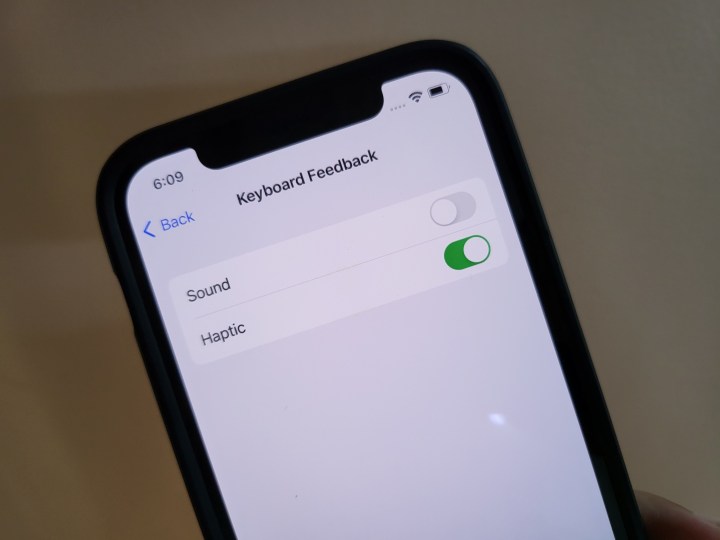
Thanks to iOS 16, iPhone users can enable the haptic feedback system for the on-screen keyboard. Now you can mute the keyboard sound and still get confirmation of button presses. Apple’s Taptic Engine delivers one of the most balanced haptic experiences on a phone out there, and now, all that goodness is coming to one task that we do a lot on our phones — typing.
Visible Wi-Fi passwords
Sharing Wi-Fi passwords using an iPhone is seamless, as long as the other device is made by Apple. All you need to do is ensure that the email ID used for the Apple ID login is stored as a contact on the other person’s Apple device. However, when it comes to sharing a Wi-Fi connection password with a Windows PC or an Android device, there’s no other option but to recall the password from memory in order to share it.
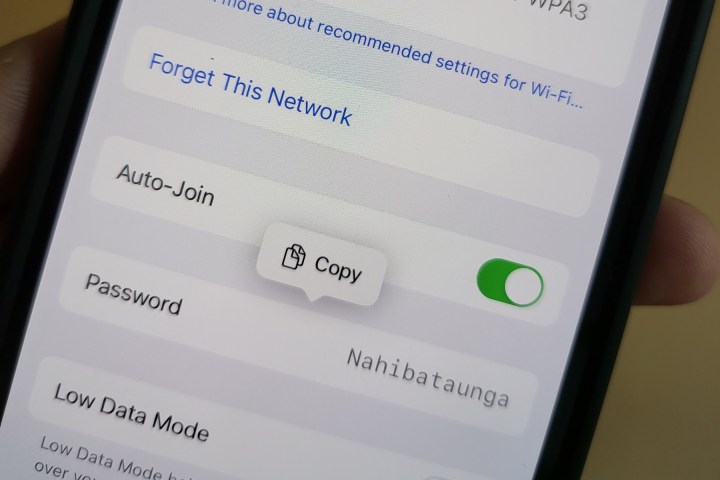
Soon, iOS 16 will have the ability to let you see the password of the Wi-Fi connection an iPhone is latched on to. Aside from seeing the Wi-Fi password, it can be copied and shared. However, Apple is still protecting the Wi-Fi password behind a layer of authentication, which could be Face ID, Touch ID, a passcode, or the lock screen password.
Control your Apple Watch from an iPhone
Another neat feature introduced by iOS 16 is Apple Watch mirroring on an iPhone. The feature was technically previewed before WWDC, but Apple has only now confirmed that it will be enabled in iOS 16 and WatchOS. Officially called Apple Watch Mirroring, the idea is to let users remotely control their Apple Watch using their connected iPhone.
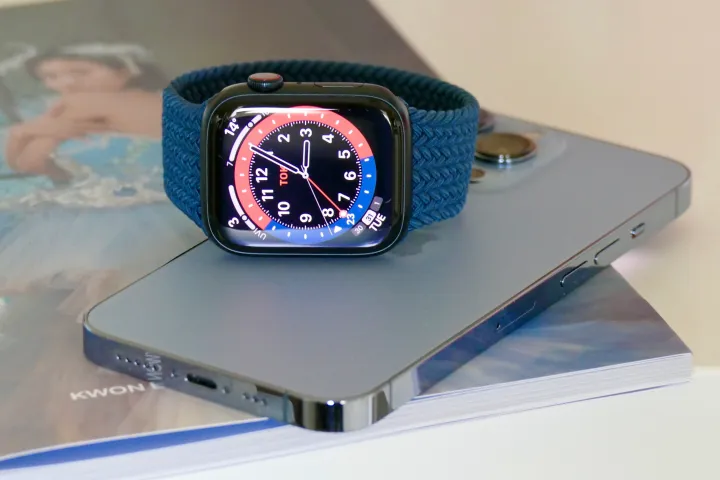
By leveraging accessibility tools such as Voice Control and Switch Control, Apple Watch Mirroring lets you perform tasks on the Apple Watch using audio commands, head tracking, sound cues, or licensed Made For iPhone-certified switches. It’s an alternative to tapping on the Apple Watch’s tiny display, and is an essential part of Apple’s extensive support for people with disabilities who use its devices.
Support for Nintendo’s Joy-Con controllers
This feature hasn’t been officially detailed by Apple on its iOS 16 changelog preview, but according to app developer Riley Testut, iOS 16 adds support for the Nintendo Switch Pro controller. Developer Steve Moser also found mention of Nintendo Joy-Con support in iOS 16’s code.
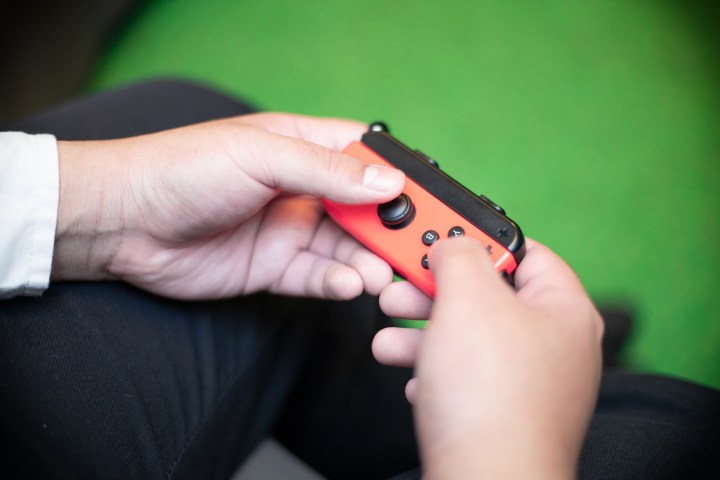
Apple engineer Nat Brown added in the thread that Joy-Con controllers can be used separately or both can be connected to an iPhone and used as a single gamepad controller. It appears the feature is still a work-in-progress, but there’s a good chance when iOS 16 is released later this year that the Joy-Con controller compatibility will be ready.
Siri’s messaging tricks get a boost
Rather than physically typing a long message, iOS already lets you use voice dictation to let Siri type it for you. Once the message has been composed, Siri reads it back aloud and then seeks confirmation for whether it should be sent to the intended recipient, or discarded. However, the confirmation step can be somewhat irritating if you’re sending a lot of messages in a row.
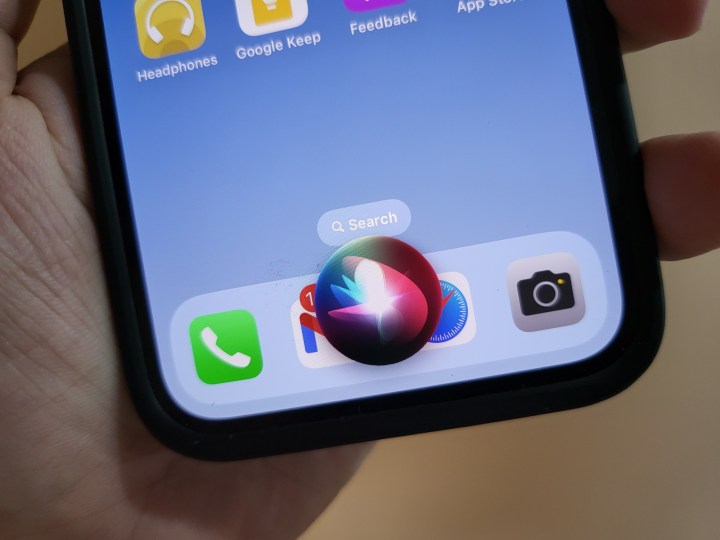
With iOS 16, that confirmation step can be made to go away and iPhone owners can configure Siri to automatically send a message after it has been read out to them. No repeated audio affirmation is required each time you want to send a reply or send subsequent messages in a thread.
More iOS 16 features, big and small, are likely to be discovered between now and the final release toward the end of the year, so we’ll keep you updated. In the meantime, you can read about all the major features Apple revealed and check if your iPhone is compatible with the software.




